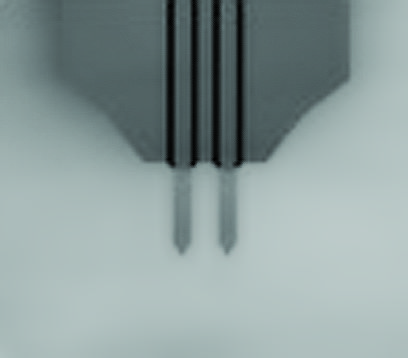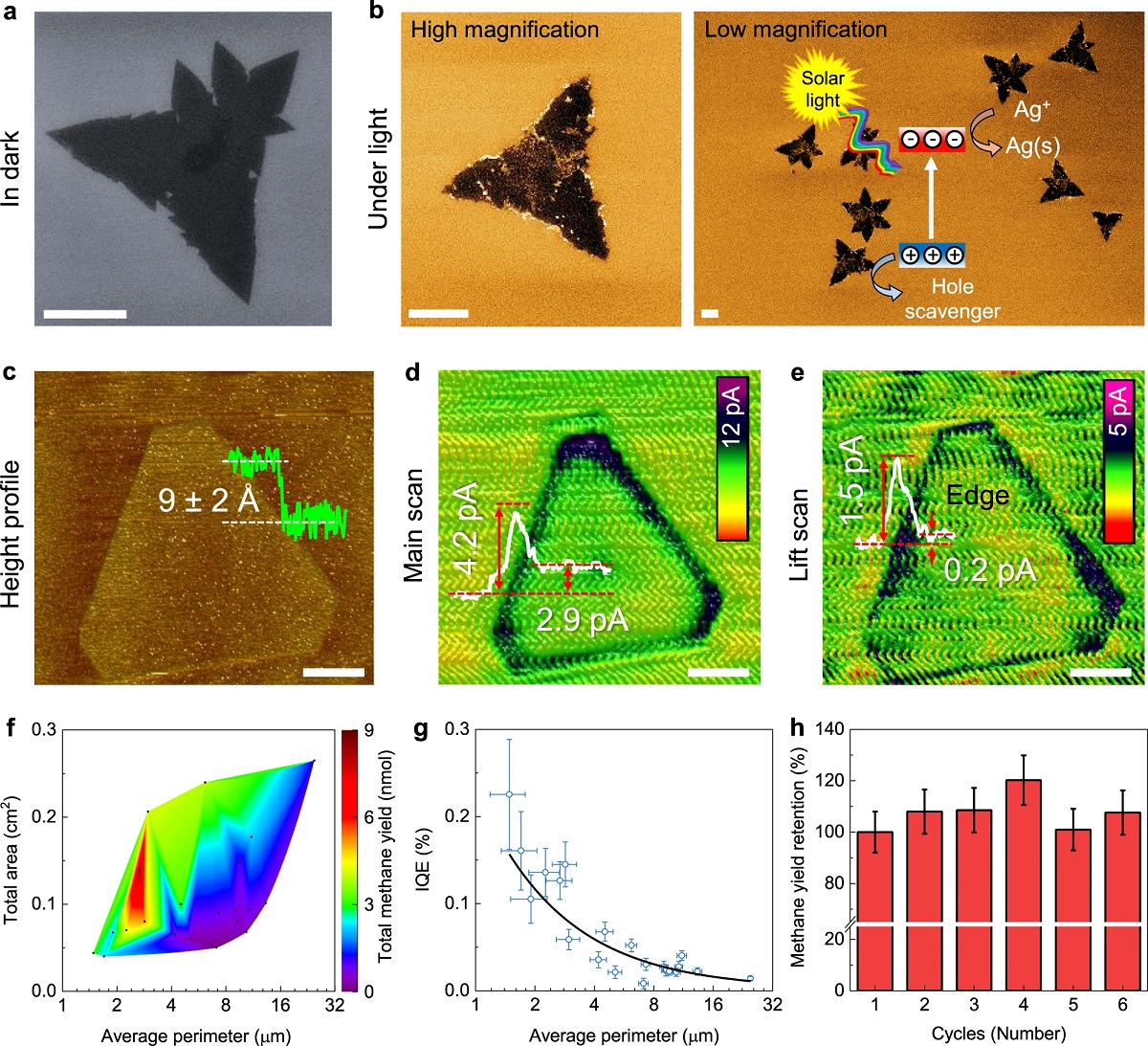High metastasis-associated in colon cancer 1 (MACC1) expression is associated with metastasis, tumor cell migration, and increased proliferation in colorectal cancer. Tumors with high MACC1 expression show a worse prognosis and higher invasion into neighboring structures. However, the mediation of the pro-migratory effects is still a matter of investigation.*
In their study “MACC1-Induced Collective Migration Is Promoted by Proliferation Rather Than Single Cell Biomechanics” Tim Hohmann, Urszula Hohmann, Mathias Dahlmann, Dennis Kobelt, Ulrike Stein and Faramarz Dehghani aim to elucidate the impact of single cell biomechanics and proliferation on MACC1-dependent migration.*
The authors found that MACC1 expression associated with increased collective migration, caused by increased proliferation, and no changes in single cell biomechanics. Thus, targeting proliferation in high-MACC1-expressing tumors may offer additional effects on cell migration.*
The mechanical properties of single cells were assessed in the form of the Young’s modulus and cortex tension; both were measured using atomic force microscopy. Briefly, cells were seeded on a petri dish and measured 15 min after seeding to avoid slippage of individual cells. Measurements were conducted using a tipless NanoWorld Arrow-TL2 AFM cantilever array to apply a force of 1 nN that led to deformations of 1–2 µm. The Young’s modulus was calculated using the Hertz model.*

The Arrow™ TL2 probes are optionally available with a sample facing side gold coating (Arrow™ TL2Au).

Single cell properties of high- and low-MACC1-expressing colon carcinoma cells. (A,B) depict the results of the biomechanical measurements for the Young´s modulus and the cortex tension. (C,D) show the results of live cell imaging of single cells for the mean speed and the contact area with the substrate. Sample sizes: (A) nSW480/EV = 35; nSW480/MACC1 = 33; nSW620/shMACC1 = 40; nSW620/shCTL = 40. (B) nSW480/EV = 33; nSW480/MACC1 = 31; nSW620/shMACC1 = 25; nSW620/shCTL = 26. (C,D) nSW480/EV = 66; nSW480/MACC1 = 98; nSW620/shMACC1 = 102; nSW620/shCTL = 111. Asterisk depicts statistically significant results with p < 0.05. Box plots show the median (red line), 25 and 75 percentile (box), non-outlier range (whiskers), and outliers (red dots).
*Tim Hohmann, Urszula Hohmann, Mathias Dahlmann, Dennis Kobelt, Ulrike Stein and Faramarz Dehghani
MACC1-Induced Collective Migration Is Promoted by Proliferation Rather Than Single Cell Biomechanics
Cancers 2022, 14(12), 2857
DOI: https://doi.org/10.3390/cancers14122857
Open Access
The article “MACC1-Induced Collective Migration Is Promoted by Proliferation Rather Than Single Cell Biomechanics” by Tim Hohmann, Urszula Hohmann, Mathias Dahlmann, Dennis Kobelt, Ulrike Stein and Faramarz Dehghani is licensed under a Creative Commons Attribution 4.0 International License, which permits use, sharing, adaptation, distribution and reproduction in any medium or format, as long as you give appropriate credit to the original author(s) and the source, provide a link to the Creative Commons license, and indicate if changes were made. The images or other third party material in this article are included in the article’s Creative Commons license, unless indicated otherwise in a credit line to the material. If material is not included in the article’s Creative Commons license and your intended use is not permitted by statutory regulation or exceeds the permitted use, you will need to obtain permission directly from the copyright holder. To view a copy of this license, visit https://creativecommons.org/licenses/by/4.0/.


